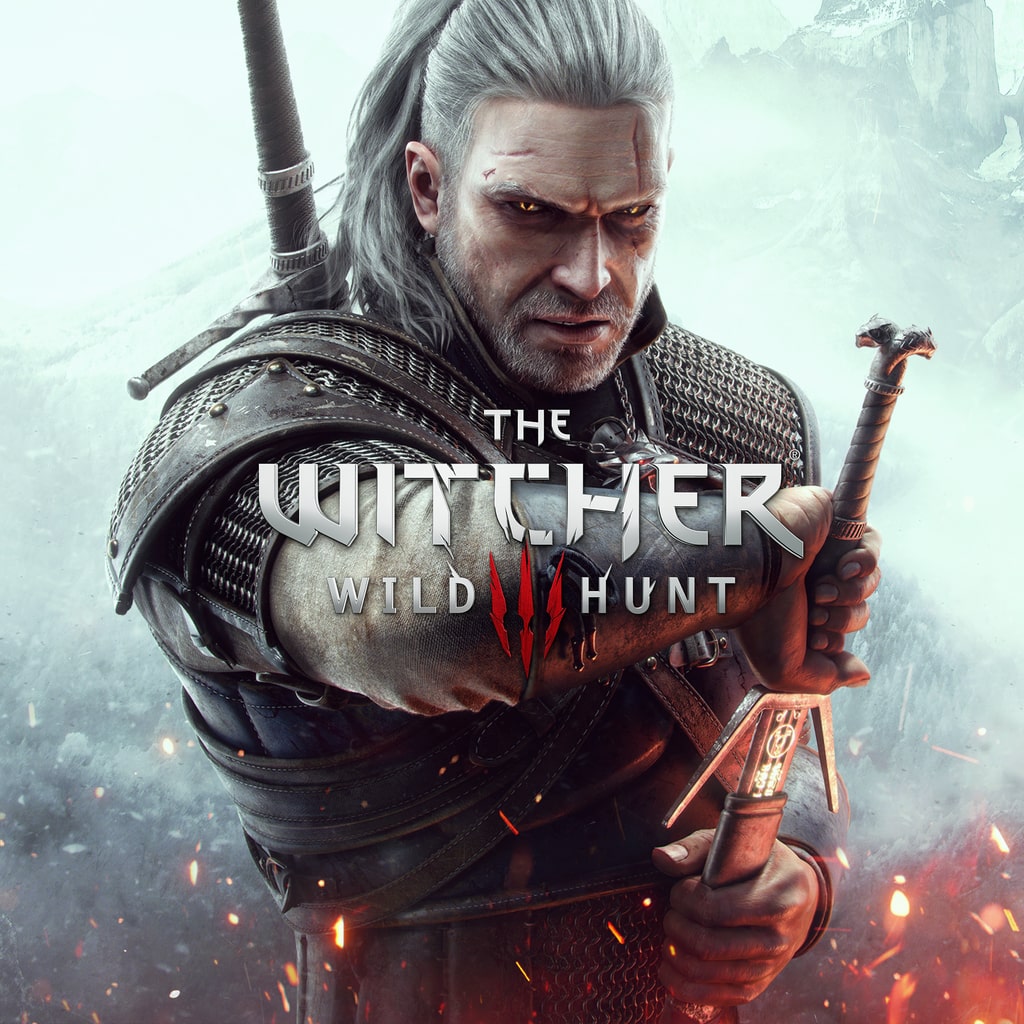The Witcher 3: Wild Hunt is a critically acclaimed action role-playing game developed by CD Projekt Red. One of the standout features of the game is its complex combat system, which offers players a wide range of strategic options to use in battle. In this article, we will explore the combat mechanics and tactics in The Witcher 3, and discuss how players can make the most out of the game’s dynamic combat system.
Combat Mechanics:
The combat system in The Witcher 3 is a unique blend of fast-paced action and strategic decision-making. Players control Geralt of Rivia, a monster hunter known as a Witcher, who is armed with a sword, a crossbow, and a variety of magical abilities called signs. Combat in The Witcher 3 is primarily focused on melee combat, with players using their sword to deal damage to enemies in close quarters.
One of the key aspects of combat in The Witcher 3 is timing. Players must carefully time their attacks, dodges, and parries to defeat enemies effectively. Every enemy in the game has its own attack patterns and weaknesses, so players must adapt their combat style to each new opponent they face.
Another important aspect of combat in The Witcher 3 is the use of signs. Signs are magical abilities that Geralt can use in combat to gain an advantage over his enemies. There are five signs in total, each with its own unique effect: Aard (telekinetic blast), Igni (fire blast), Quen (protective shield), Axii (mind control), and Yrden (magical trap). Players can use signs to stun enemies, knock them back, or deal damage over time.
In addition to swordplay and signs, players can also use a crossbow in combat to attack enemies from a distance. The crossbow is particularly useful for taking down flying enemies or enemies with ranged attacks. Players can also craft and upgrade their crossbow to make it more powerful.
Combat Tactics:
In The Witcher 3, there are several tactics and strategies that players can use to gain an advantage in combat. One of the most important tactics is to dodge and roll to avoid enemy attacks. Dodging and rolling allow players to avoid damage and position themselves for a counterattack. Players must carefully time their dodges and rolls to avoid taking damage from enemies.
Another important tactic in combat is to use signs strategically. Each sign has its own strengths and weaknesses, so players must choose the right sign for the situation. For example, players can use Igni to deal damage to enemies weak to fire, or use Quen to protect themselves from incoming attacks. Players can also upgrade their signs to make them more powerful and unlock new abilities.
Players can also use potions and oils to enhance Geralt’s abilities in combat. Potions provide temporary buffs to Geralt’s health, stamina, and damage output, while oils can be applied to Geralt’s sword to increase its damage against specific enemy types. Players must carefully manage their inventory and resources to ensure they have the right potions and oils for each combat encounter.
In addition to using signs, potions, and oils, players can also utilize the environment to their advantage in combat. Players can use obstacles like trees, rocks, and walls to block enemy attacks and create openings for counterattacks. Players can also use the environment to set traps and ambush enemies, gaining a tactical advantage in combat.
Overall, combat in The Witcher 3 is a dynamic and challenging experience that requires players to be strategic and adaptable. By mastering the game’s combat mechanics and tactics, players can overcome even the toughest foes and emerge victorious in battle. Whether you prefer a direct approach or a more stealthy strategy, The Witcher 3 offers a wide range of options for players to experiment with and find their own unique combat style.

